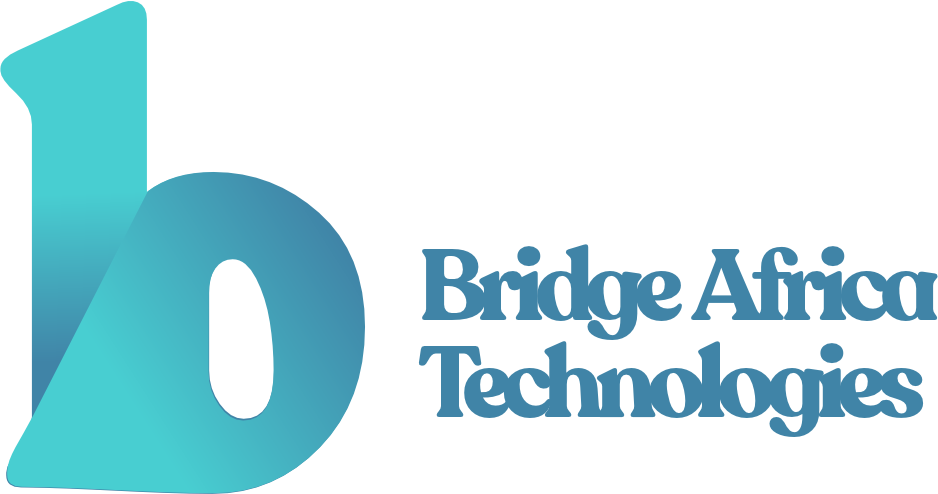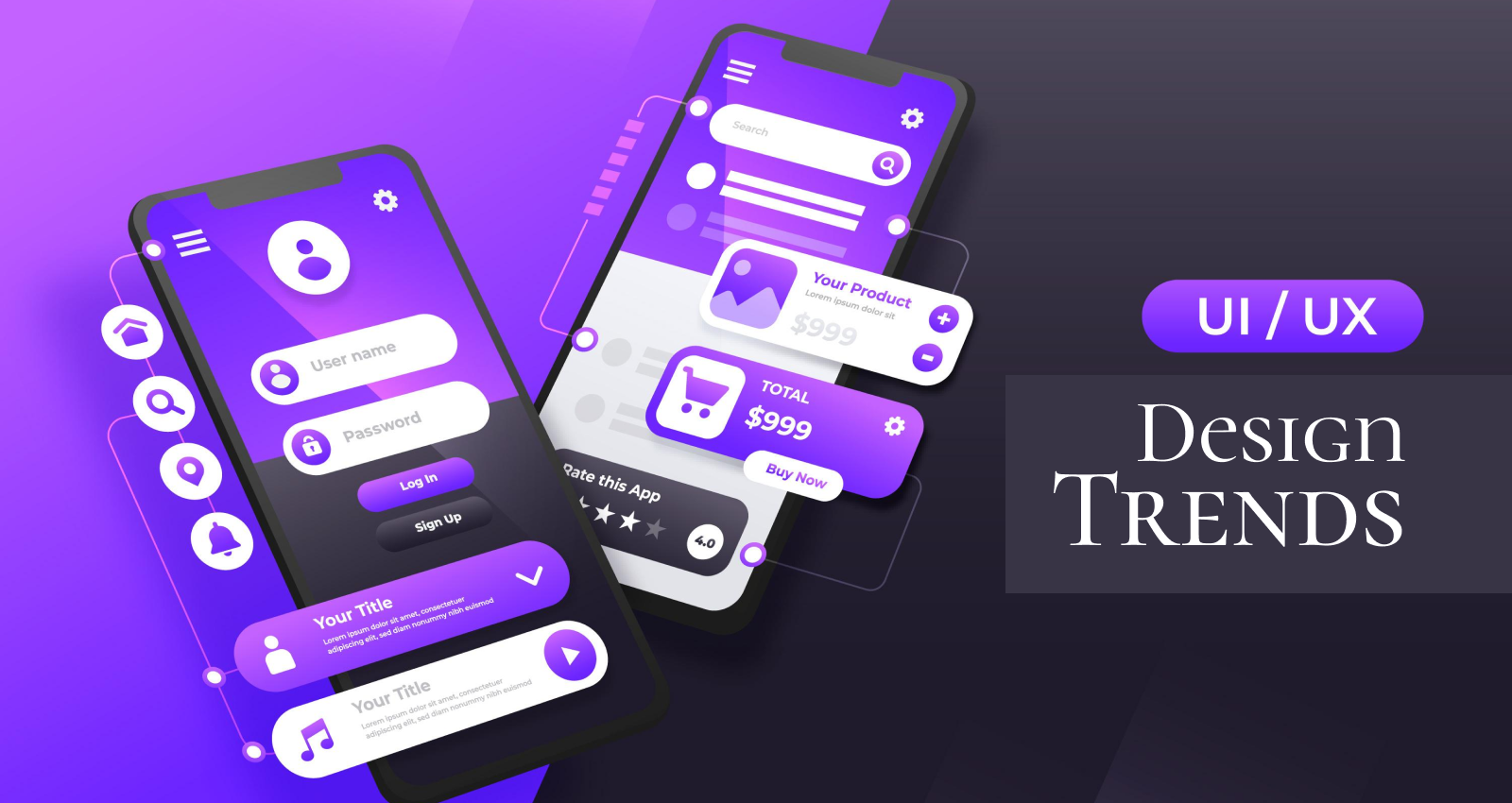The future of UX/UI design is lighter than ever. We are using sites and apps on a daily basis, sometimes even without noticing the effort that is invested in keeping things straightforward and enjoyable.
However, as technology evolves, trends in UX UI design are shifting at a rapid pace to meet user demands and expectations.
This article talks about the future of UX/UI design, highlighting upcoming trends and innovations that are changing the way we design digital experiences.
Whether you’re a developer, designer, business owner, or technology enthusiast, this will be a look ahead to what to expect in the next couple of years.
Table of Contents
What Makes UX/UI Design So Important Today?
Before we dive into trends, it’s useful to understand why UX/UI design is important. UX (User Experience) is all about how easy and pleasing it is for a user to use something. UI (User Interface) is all about the visual elements – colours, typography, layouts, and icons.
Imagine using a food delivery app. If it’s confusing, has too many steps, or looks outdated, you’ll quickly delete it. But if it is clear, fast, and visually attractive, you’ll use it often. That’s the power of great UX/UI design.
As people’s expectations grow, brands are investing more in UX/UI to stand out from competitors and build customer loyalty.
Read Also – How Generative AI is Shaping the Next Wave of Innovation ( Industry Perspective)
The Future of UX/UI Design: Emerging Trends and Technologies
The future of UX/UI is being shaped by the new technologies and new user behaviors. Nowadays, individuals use more than one device in a day – smartphones, tablets, laptops, smartwatches, and even televisions. This compels designers to develop experiences that work consistently, seamlessly, and responsively across all devices.
Also, UX UI design trends are shifting towards more personalized, accessible, and ethical designs. Companies prefer to create digital products that are not only visually appealing but also responsible and meaningful.
Also Read – AI in E-commerce: How Small Businesses Can Compete with Giants
Top UX UI Design Trends for The Future
1. AI is Transforming UX/UI Design
Artificial Intelligence is no longer a buzzword. It is becoming the hub of UX/UI design. AI utilities like ChatGPT, Figma AI, and Adobe Sensei are streamlining design processes and making them smarter. They are automating activities such as resizing images, suggesting layouts, and creating design systems.
But in addition to assisting designers, AI also enhances user experiences. Such as Spotify which uses AI to recommend playlists according to your mood. Netflix which recommends films based on your previous selections. Websites and apps will soon adjust the layout, colour, and even content for every user in real time. This degree of personalization will shape the future of UX/UI design.
2. Voice User Interfaces are Going Mainstream
Voice interfaces are becoming ubiquitous in our lives. With Siri, Alexa, and Google Assistant, humans are accustomed to dictating commands to devices using their voice. The UX/UI design future will involve designing frictionless voice interactions that are intuitive.
Picture yourself using your banking app without hands to pay bills or send money. Designers will have to devise experiences that are visually effective and effective through voice commands to cater to the varied needs of users.
3. AR and VR are Redefining UX/UI Design
Virtual Reality (VR) and Augmented Reality (AR) are no longer limited to games. Businesses are using AR to allow customers to try out products prior to buying. For example, IKEA’s mobile app allows you to place virtual furniture in your home in order to see how it would fit.
VR is transforming education, real estate, and remote work by making immersive environments possible. The more the technologies become economical, the more designing natural and interactive experiences as real as life will be included in the future of UX/UI design.
Read Also – 8 Effective Digital Marketing Strategies for IT Companies
4. Micro-interactions Enhance User Experiences
Micro-interactions are small animations or responses on a website or app. They guide users, give feedback, and build living experiences. Think of Instagram’s heart animation for liking something or WhatsApp’s typing animation.
Better usability and brand personality accompany these unobtrusive interactions. In the coming times, UX UI design trends will focus on designing compelling micro-interactions that surprise and delight without distracting.
5. Dark Mode is Here to Stay
Dark mode is a standard feature for most apps and websites today. It’s user-loved because it avoids eye strain, saves battery life on OLED screens, and looks cool.
In future UX/UI design, providing dark mode as an option will still be a requirement. Designers will ensure colours and contrasts remain present and legible, delivering seamless experiences to all.
6. Motion Design Shaping User Experience
Motion design incorporates transitions and animations that guide users through an app or website. Smooth animations ensure interfaces are more intuitive and professional. For example, when changing between tabs in an application, a smooth transition keeps people on track and not lost.
With the development of technology, motion design will be a more powerful aid to UX/UI to tell stories, inspire emotions, and capture the attention of people without making them feel bombarded.
Also Read – Effective SaaS Website Examples in 2025 for BAT
7. Accessibility Becoming a Top Priority
Accessibility ensures that digital products are available for use by everybody, including persons with disabilities. This includes the use of readable font sizes, adding captions, voice reader support, and high color contrast.
The future of UX/UI design will be about accessibility, not just to meet regulations but to cater to a global diverse market. Inclusive design is reliable, increases reach, and shows brand responsibility.
8. Minimalism Is Still the King of Design Strategies
Minimalism is one of the leading UX UI design trends. Clean layouts, great typography, and plenty of white space make sites and apps more user-friendly. But minimalism for today is not simplicity alone. It is combined with personalisation to create compelling and meaningful designs.
Minimalism in the future will be all about minimalism that is human, warm, and interactive and never sterile interfaces that have no character.
9. 3D Design Becoming More Prominent
3D design is now on the rise in sites and apps. Brands use 3D models and drawings to show products from various angles, making experiences interactive and real.
For example, car manufacturers enable customers to explore car interiors in 3D before visiting the showroom. With usability rising for tools, 3D will be standard in UX/UI design to create immersive imagery.
Read Also – Top 10 Digital Skills to Learn in 2025
What Emerging Technologies Are Driving The Future of UX/UI Design?
AI-Powered Design Tools
Tools like Figma, Sketch, and Adobe XD are integrating AI features to suggest layouts, build design systems, and automate routine tasks. This speeds up design work, with time for innovative problem-solving.
No-Code and Low-Code Platforms
No-code platforms like Webflow allow designers to build websites without coding expertise. This closes the gap between design and development, and it is simpler and faster to release products.
Cloud-Based Collaboration Tools
With remote working increasingly becoming the norm, cloud-based software enables real-time communication among developers, designers, and stakeholders worldwide. This is likely to become even more common as companies adopt flexible working paradigms.
Wearable Technology Interfaces
Smartwatches, fitness trackers, and AR glasses require special designs. The future of UX/UI design will encompass design for simple, quick interactions on minuscule wearable screens without diminishing user experience.
Also Read – 20 Technology Trends in 2024 that will Blow Your Mind Away
How Will UX/UI Design Change Over the Next Five Years?
The following are key ways UX/UI will transform:
- Hyper-Personalisation: Interfaces will adapt based on individual user behavior and preferences in real-time.
- Natural Interactions: Voice, gesture, and eye-tracking will be more dominant than touch-based interactions.
- Ethical Design: Designers will focus on user privacy, transparency, and avoiding creating addictive designs.
- Sustainable Design: Products will be designed with the goal to conserve energy and reduce digital waste.
- Emotional Design: Experiences will focus on developing emotional bonds with users, making them brand loyal.
What Skills Will UX/UI Designers Need in The Future?
To stay ahead of UX UI design trends, the following needs to be mastered by designers:
- Master the use of AI tools and automation features
- Learn the basics of AR and VR
- Develop motion and 3D abilities
- Emphasize accessibility and inclusive design
- Remain connected to user psychology and behavior
Also Read – 8 Proven SEO Strategies for SaaS Companies
What Challenges Might Affect The Future of UX/UI Design?
While the future looks bright, challenges are:
- Keeping up with rapidly changing technologies
- Maintaining personalization amidst privacy concerns
- Designing for multiple platforms and devices
- Designing for global and regional inclusivity and accessibility
These issues will be addressed by designers with empathy and creativity.
Frequently Asked Questions
What is the difference between UX and UI design?
UX (User Experience) is about how someone feels when they are using a product. It is about usability, flow, and satisfaction. UI (User Interface) is about the looks aspects such as colours, typography, buttons, and organisation. Together, they create sleek, stunning digital experiences.
Why should businesses pay attention to UX/UI design?
Good UX/UI design draws and maintains customers. Apps and websites that are easy to use and look good are enjoyable to use. This builds trust in users, increases satisfaction, and boosts businesses’ sales.
How will AI change the future of UX/UI design?
AI will make design processes such as image resizing and proposing layouts easier by doing them automatically, freeing time for designers. AI also makes personalised user experiences possible by customising interfaces to every user’s needs in real time.
Will AR and VR displace UI design?
No, AR and VR won’t change UI but will augment it. They will overlay rich layers on top of user experiences, especially in shopping, learning, gaming, and remote work environments.
Conclusion
The future of UX/UI design is full of potential to create more, intelligent, and more meaningful digital experiences. Designers will combine imagination with technology to create products that solve problems, make life easier, and touch hearts.
Whether it’s AI automation, immersive AR/VR, voice-based interactions, or streamlined layouts, the goal never changes – to make digital experiences enjoyable, accessible, and human-centric.

